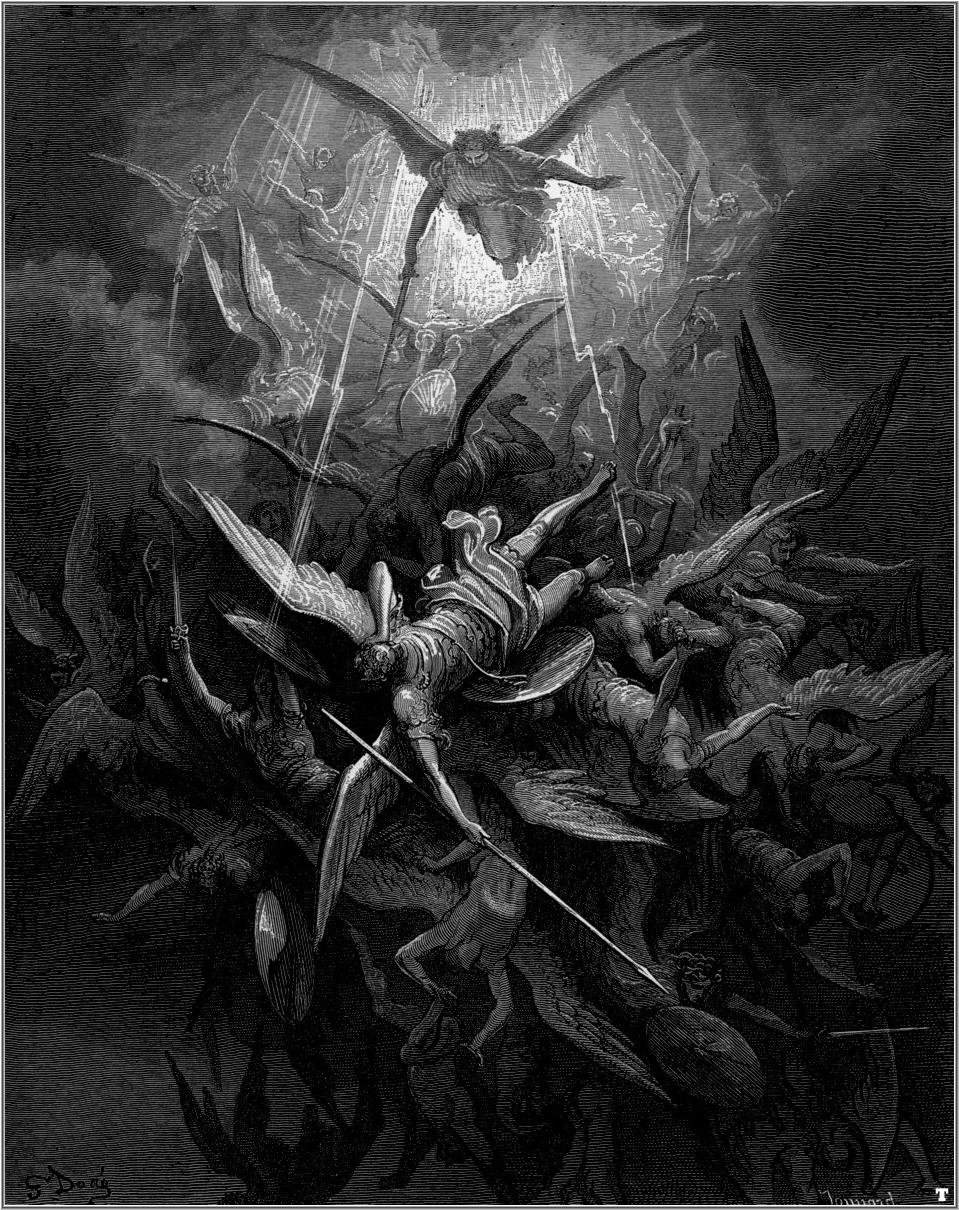
Military Martyrs
…persecution began with the brethren in the army
According to an early church historian, anti-Christian persecutions “began with the brethren in the army.” (Eusebius, Ecclesiastical History, bk. 8, chap. 1.8) These Military Martyrs were overwhelmingly officers because the lower ranks were out of sight and, therefore, out of mind. The stories of their lives, called vitae, and suffering, called passiones, were transmitted by oral tradition before finally being recorded in Latin, Greek, and Coptic texts called hagiographies.
Nobody has done more to study, translate, and preserve ancient hagiographies than the Bollandists. Since the early 17th century, the small religious order has maintained three catalogs of hagiographic materials collectively called the Bibliotheca Hagiographica;
Latina (BHL) for Latin sources
Graeca (BHG) for Greek sources
Orientalis (BHO) for Arabic, Coptic, Syriac, Armenian, and Ethiopian sources
Each catalog includes literary works on the saints' lives, the translation/s of their relics, and their miracles, arranged alphabetically by saint. The listings include manuscripts, incipits, and printed editions.
Nobody has done more to bring “hagiographica” into the English-speaking world than David Woods, a classicist at the University of College Cork in Ireland. Below, you can find translations and essays of Woods archived from his old university website. However, remember that there are more military martyrs at The Training Room than he covered. Those with a prefix (St or SS) link to a dedicated ☧eople page.


